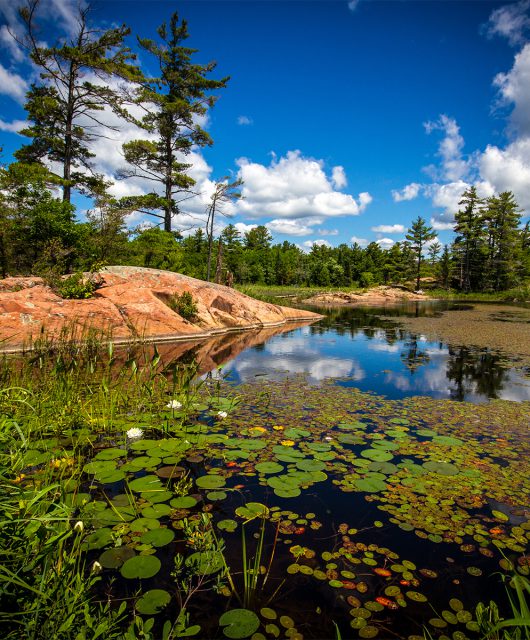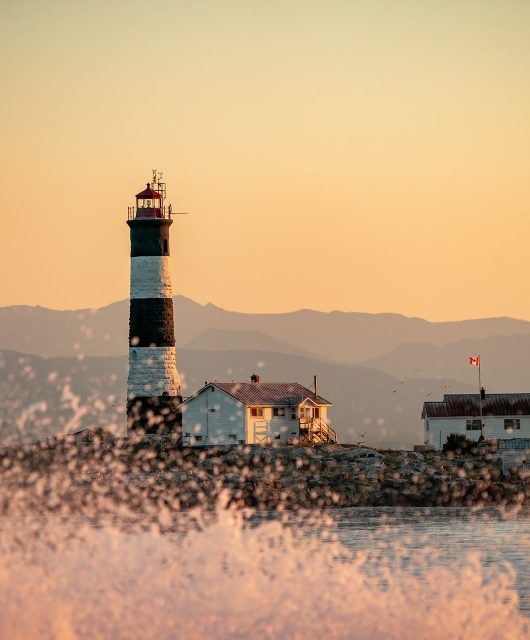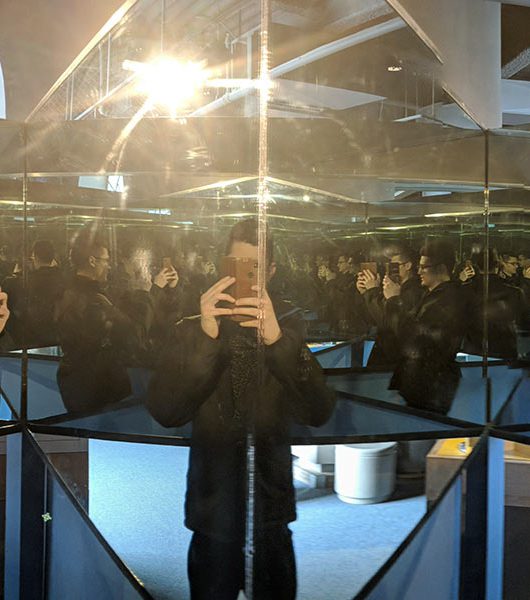Your Mission, Should You Chose to Accept It…
Welcome back to our year-long operation to engage Canadians in supporting wildlife and habitat conservation – Mission Biodiversity!
Just in time for International Day of Biological Diversity on May 22, your mission this month is to help protect Canadian wildlife from one of the five biggest threats to biodiversity: over-exploitation. Over-exploitation occurs when people use natural resources, such as wildlife and plants, faster than they can reproduce.
One example? Overfishing.
This three-part mission, should you choose to accept it, invites you to reflect on why fish matter, explore how fishing has changed over time, and take action to support sustainability.
Let’s dive in!
Part 1: Reflect on Why Fish Matter
Before we look at the causes of overfishing, let’s take time to first think about why fish matter – both to us as humans, and to the planet. A great way to brainstorm ideas is to create a word map! Here are a few steps to get you started:
- Write the question “Why are fish important” on a large piece of paper or whiteboard. You can also look up photos of local fish species to help prompt reflection. To learn more about endangered fish species in your area, check out Canada’s Species at Risk Registry.
- Brainstorm a list of reasons why fish are important and record these words and ideas on the same paper or whiteboard. Here are some examples to help prompt reflection:
- Nutrients (e.g. protein, vitamins, fatty acids, etc.)
- Recreation (e.g. fishing, wildlife watching, etc.)
- Jobs (e.g. fisheries, tourism, etc.)
- Cultural and spiritual value (e.g. Art, Indigenous teachings, legends, etc.)
- Ecosystem services (e.g. nutrient cycling, food chain dynamics, etc.)
- Group similar words or ideas together as you go and make note of any connections. You can also add photos or drawings to create a more artistic piece that you can then hang on your wall!
Part 2: Explore How Fishing Has Changed Over Time
From fishing rods to sonar fish finders, the way humans fish has changed drastically over time. With this hands-on activity, you’ll explore the evolution of fishing practices and reflect on the positive and negative impacts technology has had – and could still have – on the fishing industry and the health of fish populations.
- What is by-catch?
- Who “owns” the fish in the seas, streams, lakes and oceans?
- How can we more sustainably manage fish populations?
These are just a few of the questions you’ll explore. All you’ll need is some mesh netting and a few different types of beans. Have we piqued your interest yet?
Part 3: Support Sustainability
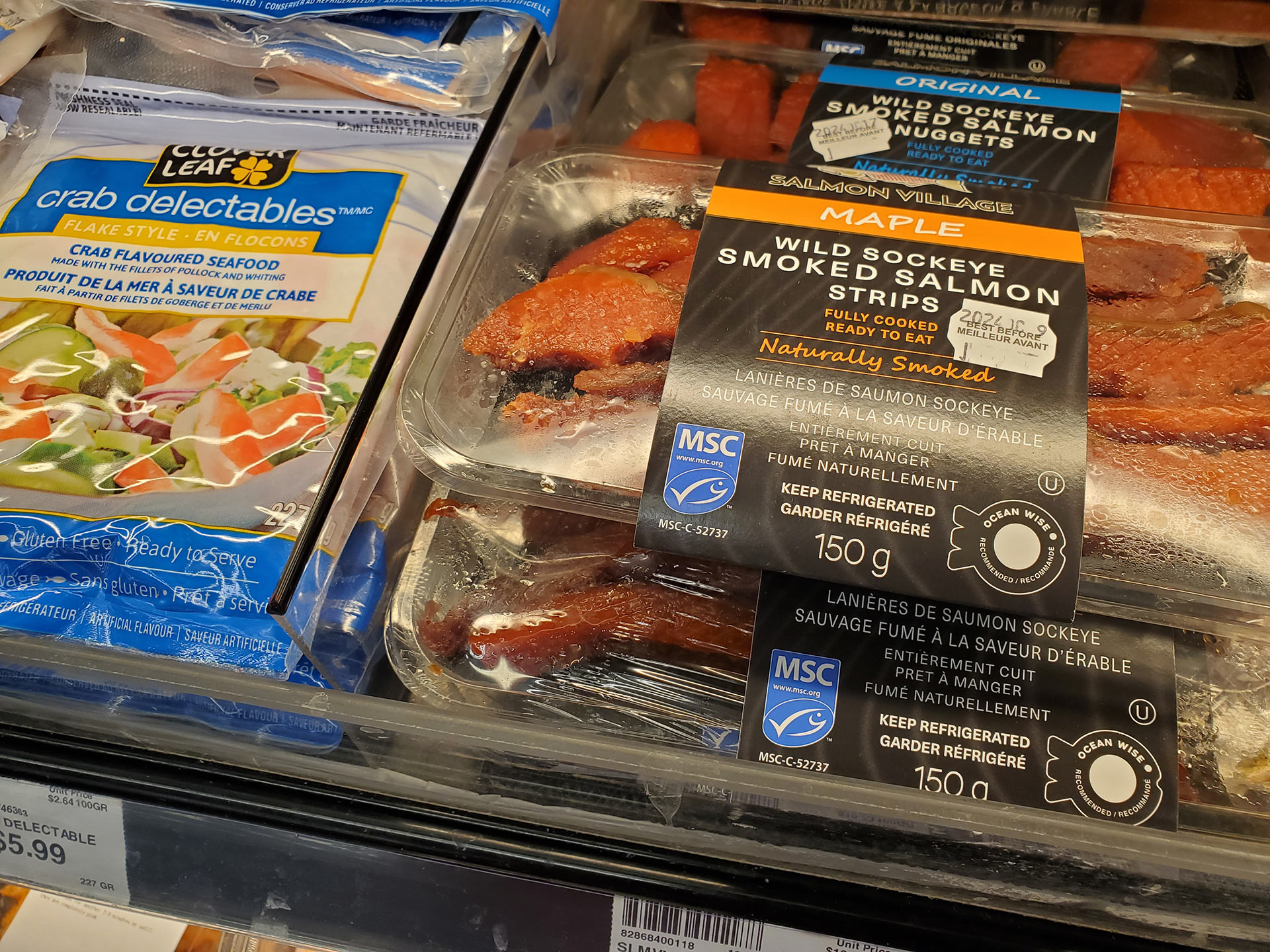
Now that you have a better understanding of why fish matter and how fishing practices have evolved over time, let’s look at what we can do to support sustainability in our own lives. While we may not always be the one buying groceries in our household, we can always educate our friends and family about the best choices when it comes to seafood.
- Look for Eco-labels – Several organizations certify seafood based on set criteria, including OceanWise, Seafood Watch and the Marine Stewardship Council. While these criteria may differ slightly, these provide a great visual tool to help you make sustainable choices.
- Talk to Your Grocer – If there are no labels, take the opportunity to ask your grocer or fishmonger questions about where items came from and how they were harvested. Not only will you learn more about where your food is coming from, but you may also make a new friend in the process!
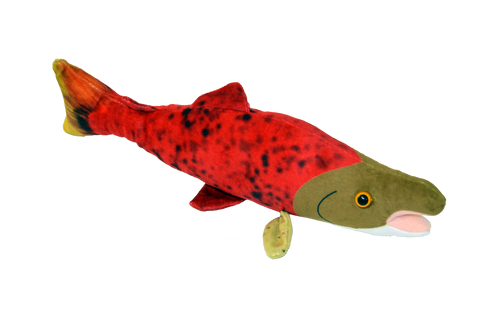
You can also support Canada’s fish and aquatic habitats by adopting one of our Sockeye Salmon stuffies. Not only will you be helping advance fund aquatic habitat conservation initiatives right here at CWF, but you’ll also gain a colourful mascot to mark the completion of your mission! Adopt a Salmon >
Mission Complete!
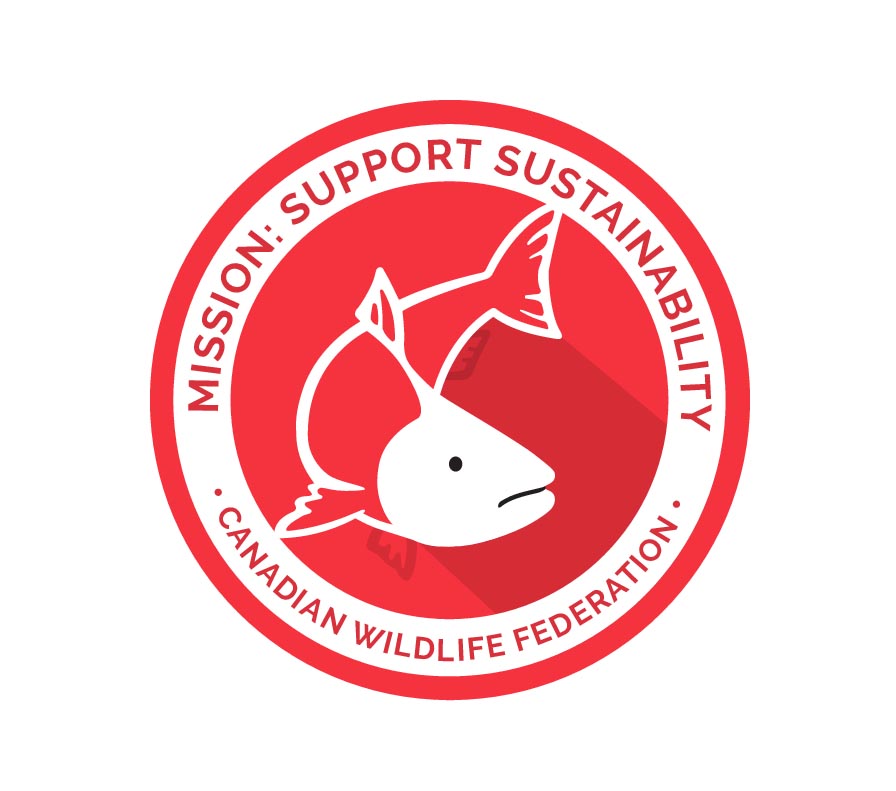 Once you and your students have completed this mission, you can download our printable PDF of mission badges in recognition of their learning. Pass these badges out to students to mark their progress throughout Mission Biodiversity and celebrate the actions they are taking in support of wildlife!
Once you and your students have completed this mission, you can download our printable PDF of mission badges in recognition of their learning. Pass these badges out to students to mark their progress throughout Mission Biodiversity and celebrate the actions they are taking in support of wildlife!

